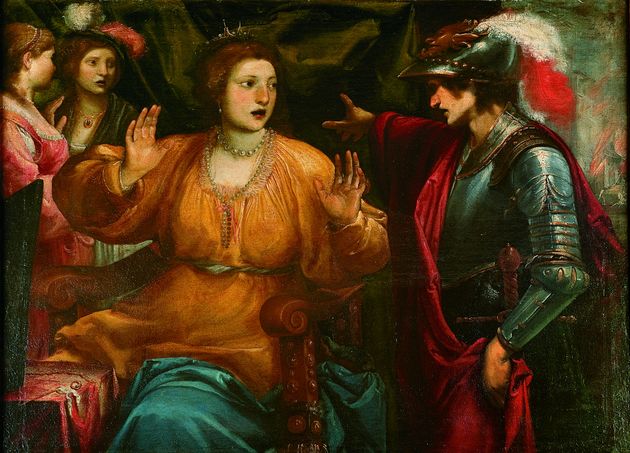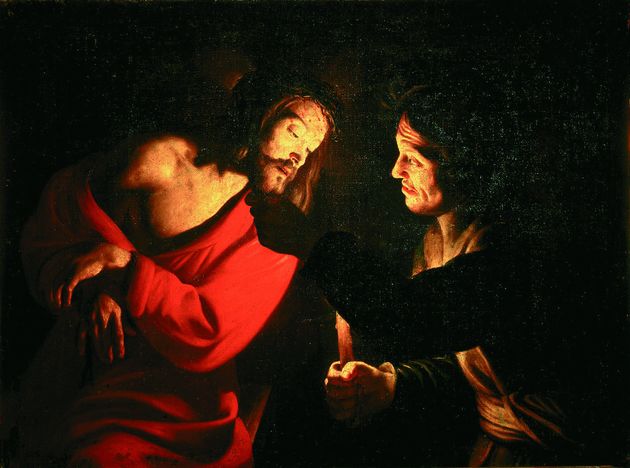Gian Domenico Ferretti trained in the early 18th century at the Bolognese school of Giovanni Gioseffo dal Sole. He returned to Tuscany in 1719 and in the 1720s became one of the most sought-after fresco-painters in the whole of the Grand Duchy.
In the PratoAnnunciation we are struck by the fine quality of the dynamic ascensional composition with its blend of Tuscan Classicism and Emilian naturalism. The mirage of an immaterial, other-worldly reality is rendered with a composed expression of yearning for the afterlife; eternal life is mediated by the apparition of Gabriel and made manifest (we might say “announced”) by a ray of light which splits through the darkness surrounding Mary, while God the Father looks on from above, sending down the Holy Ghost.
Noteworthy in the rendering of the figures are the bright white of the angel’s flowing drapery, the pink and pale blue of the Madonna’s robes and complexion, and in general the characteristic wide, round faces of the protagonists, expressive of Ferretti’s typical charm. This altarpiece anticipates, with its delicate monochromes, the cycle of the Stories of St. Catherine that Betti painted on canvas around 1735 in Prato for the convent of San Vincenzo e Caterina de’ Ricci.






























